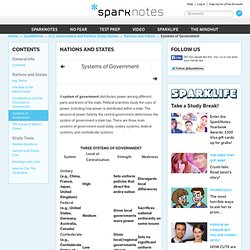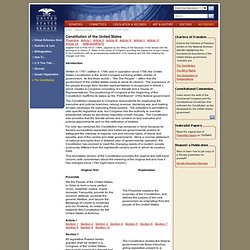

Issues in Homeland Security Policy for the 113th Congress - R42985.pdf. Program on National Security. While the 9/11 attacks ushered in a decade of war for the United States, many other threats, challenges, and opportunities remain on the horizon besides al Qaeda and its affiliated movements.

The FPRI’s Program on National Security focuses on these trends by examining contemporary and emergent concerns for American and international security through a wide aperture. In particular the program focuses on: American grand strategyThe current and future global geopolitical environment that affect the U.S. and its interestsThe ends (strategies), ways (organization and methods of force employment), and means (force structures and capabilities) that impact the use of military forceCounterterrorism and homeland securityDevelopment, diplomacy, and informational issues that contribute to the holistic implementation of strategy. Research. The program holds annual conferences that have resulted in major policy prescriptive reports.
Nations and States: Systems of Government. A system of government distributes power among different parts and levels of the state.

Political scientists study the uses of power, including how power is distributed within a state. The amount of power held by the central government determines the system of government a state has. There are three main systems of government used today: unitary systems, federal systems, and confederate systems. Unitary Systems A unitary system has the highest degree of centralization. Example: Most absolute monarchies and tyrannies operate under unitary systems. Federal Systems A federal system has a mix of national and state or local gov- ernments. Example: In the United States, state governments administered Aid to Families with Dependent Children (AFDC) throughout the length of the program, 1935–1997. A-Z Index of U.S. Government Departments and Agencies (A) Independent Agencies and Government Corporations. Boards, Commissions and Committees.
Constitution of the United States. Constitution of the United States Preamble Article I Article II Article III Article IV Article V Article VI Article VII AMENDMENTS Adapted from S.PUB.103-21 (1994), prepared by the Office of the Secretary of the Senate with the assistance of Johnny H.

Killian of the Library of Congress, providing the original text of each clause of the Constitution with an accompanying explanation of its meaning and how that meaning has changed over time. Introduction Written in 1787, ratified in 1788, and in operation since 1789, the United States Constitution is the world’s longest surviving written charter of government. Its first three words – “We The People” – affirm that the government of the United States exists to serve its citizens. The Constitution assigned to Congress responsibility for organizing the executive and judicial branches, raising revenue, declaring war, and making all laws necessary for executing these powers. The Heritage Foundation. College - Imprimis. March 2014 Brian T.

Kennedy President, The Claremont Institute BRIAN T. Arrow's Impossibility Theorem for Social Choice Methods.
Executive Branch. Judicial. Federation of American Scientists. Historical Documents.